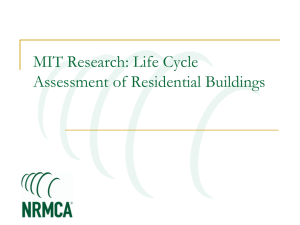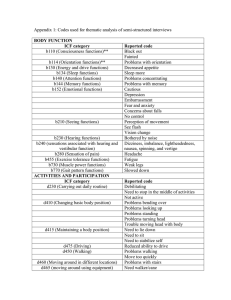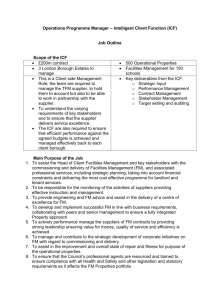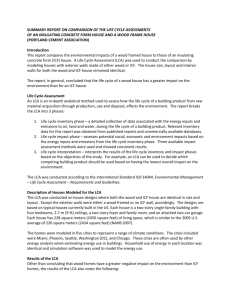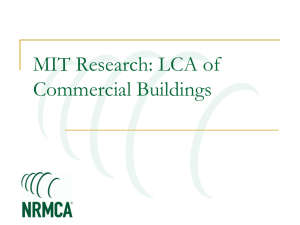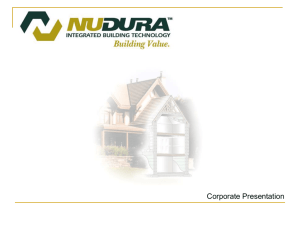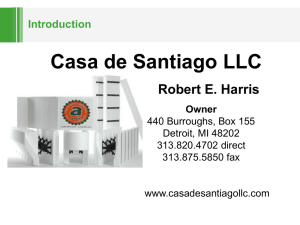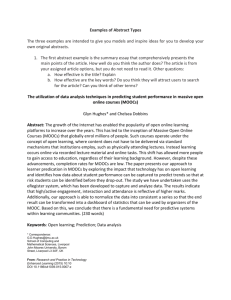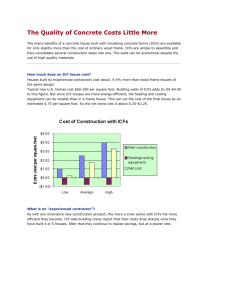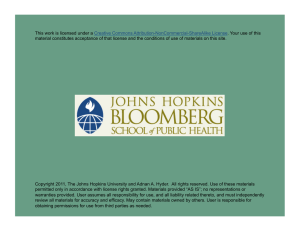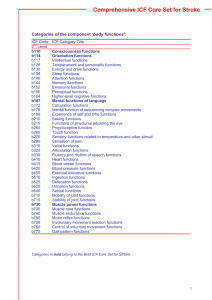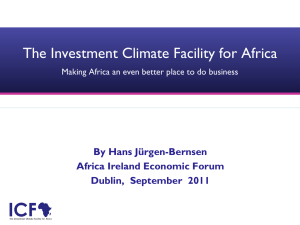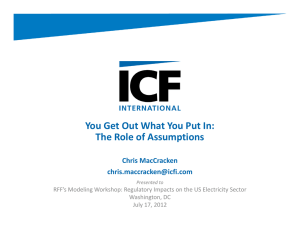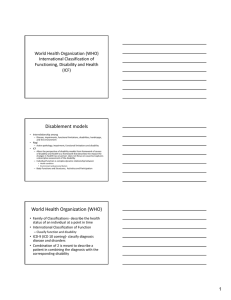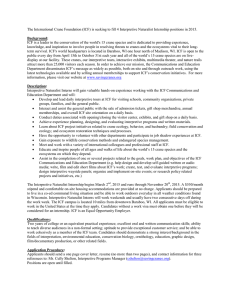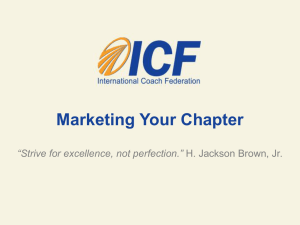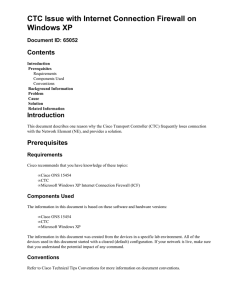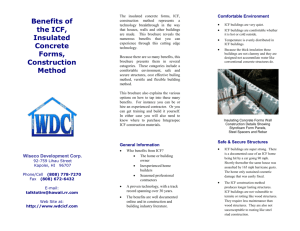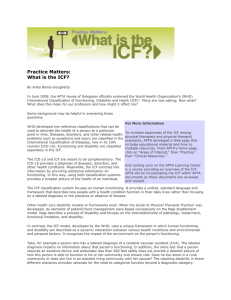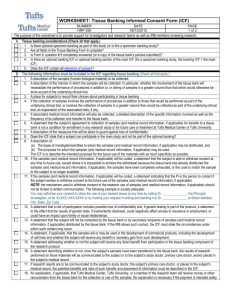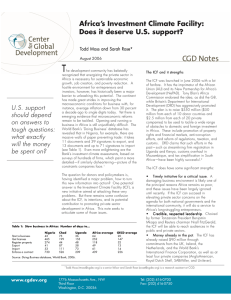MIT Research: Life Cycle Assessment of Residential Buildings
advertisement
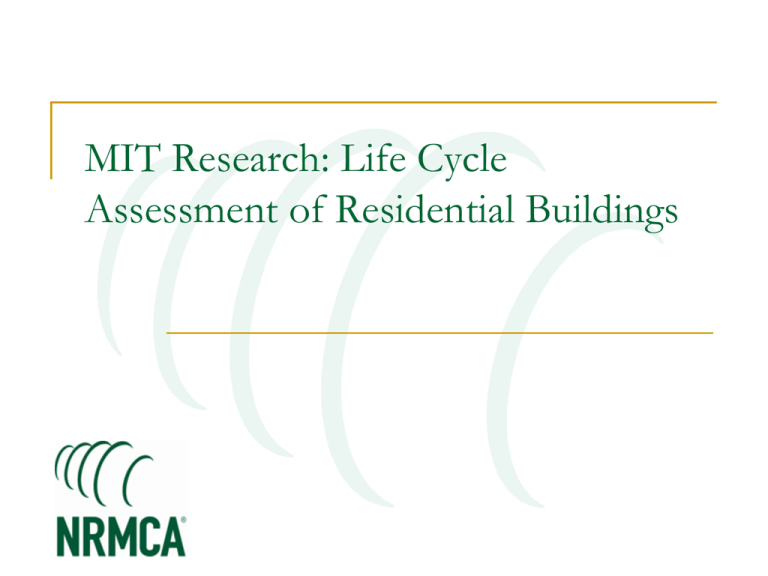
MIT Research: Life Cycle Assessment of Residential Buildings Methodology Standardized LCA methodology critical Increase consistency of LCA MIT proposes good practices for LCA Methodology Transparency of data Define scope Identify system boundaries Define functional unit Life Cycle Perspective Structural Systems Considered Insulated Concrete Forms (ICF) Traditional Wood Framing Benchmark Single Family Building 2 stories 2,400 ft2 ICF Wood Phoenix Chicago Benchmark Single Family Building 4 stories 33,763 ft2 Phoenix ICF Wood Chicago Benchmark Analysis 60 YEAR Resources Water Global Warming Potential Ozone Depletion Acidification Eutrophication Smog Formation Human Toxicity Eco Toxicity Waste Land Use Impacts Concrete homes have higher embodied GWP in the pre-use phase Only accounts for 2-12% of life cycle GWP For cold climate energy savings ICF house 23% of total operating energy Impacts Impact Reductions Reducing ICF core from 6 in. to a 4 in. Cost effective and reduces emissions Thicker insulation, increasing tightness and using thinner concrete Reduces emissions At Lower than current market pricing of carbon Increasing SCMfrom 10% to 50% Can decrease pre-use GWP by 12-14% Life Cycle Cost Compared to light-frame wood, ICF $2.36-$4.09/ft2 ($25-44/m2) of wall area higher in Chicago -$0.08 to $4.15/ft2 (-$1 to $45/m2) of wall area in Phoenix Over the total life cycle cost, however, ICF construction increases the price of a house by less than 5%. More Information Full report available from MIT Concrete Sustainability Hub at web.mit.edu/cshub. MIT Hub established by RMC Research & Education Foundations Portland Cement Association NRMCA providing technical support Transfer research into practice Visit www.nrmca.org
